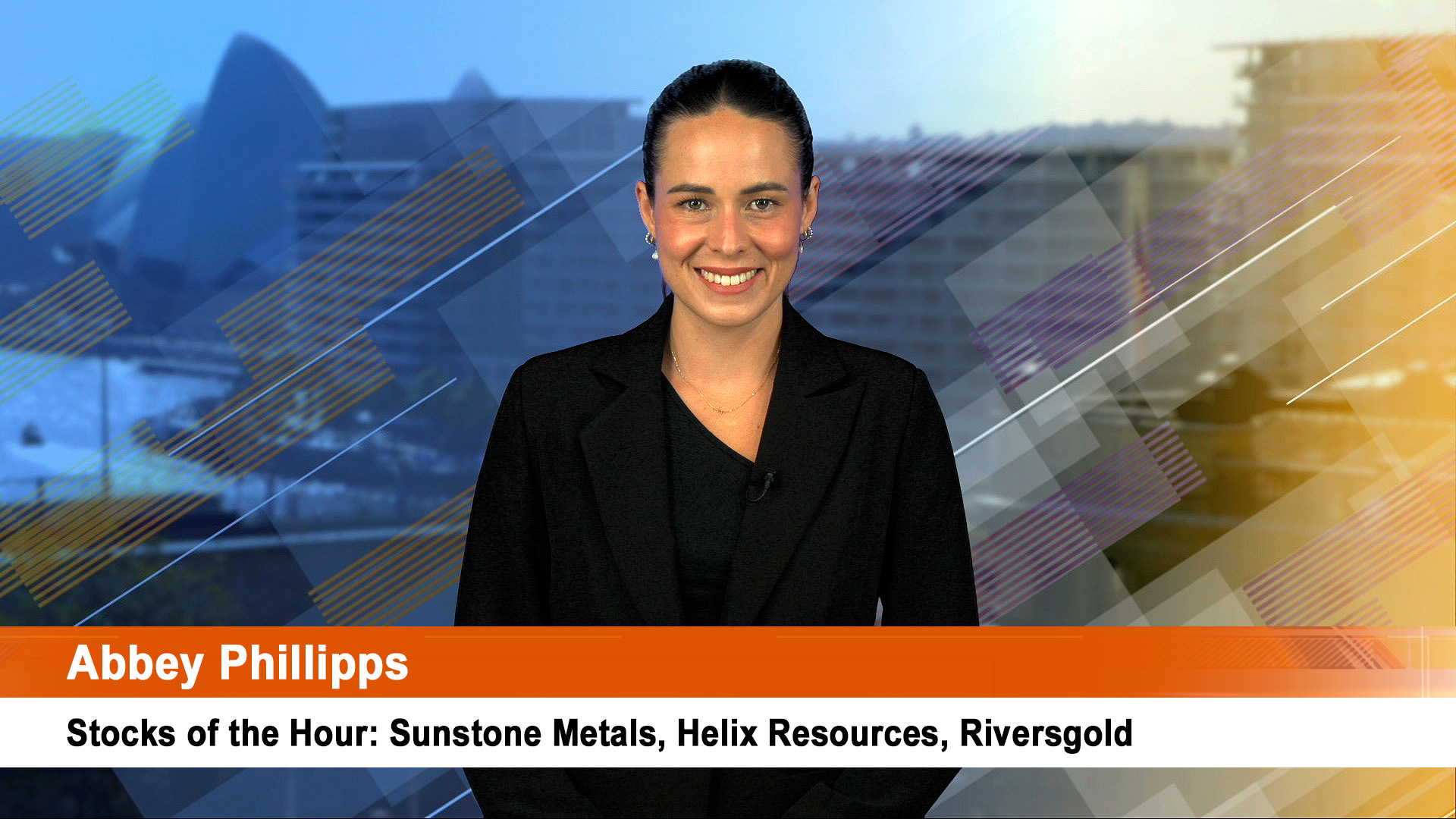Yet more highs for the Australian dollar overnight and yesterday after another solid jobs report added to suggestions that interest rates will have to go up, a feeling also boosted by the International Monetary Fund in its annual outlook.
The Aussie closed to within sight of 83 USc and 100 yen as traders continued to push the line that the Reserve Bank would be forced to boost rates at its May meeting.
It traded up around 82.88 USc in New York early Friday morning and 98.66 yen.
In many respects the reaction to the jobs reportis a re-run of the debate we had running up to the April RBA board meeting but this time around the Aussie dollar is much firmer and is now a definite anti-inflationary tool, especially if it continues at this level for the next couple of months.
The good domestic conditions and stronger Aussie is boosting companies with significant domestic business, such as retailers, led by Woolworths, Coles, Harvey Norman and Metcash, while exporters and companies with US dollar revenues such as Westfield, BHP, Rio, Woodside and others are weak.
At this level it stands to put a bit of a dent in the impact of the current high prices for metals and other commodities for quite a few Australian companies.
The Australian Bureau of Statistics reported that jobless rate last month fell to a 31-year low of 4.5 per cent.
The ABS said that employment rose by 10,500 in March, thanks to a surprisingly strong 31,700 rise in the number of full time jobs. That took the number of new jobs created over the past year to an impressive 276,000, so it’s no wonder retail sales are doing very well and surging, and the housing market is perking up.
Full time employment increased by 31,700 to 7.442 million and part-time employment fell 21,200 to 2.927 million while the participation rate in March was 64.8 per cent, compared with the unrevised 64.9 per cent in February.
News of the strong employment report amplified the warning from the IMF that Australia may need even higher interest rates if inflation is not brought under control.
The IMF’s remarks come in its latest global economic outlook.
It says of Australian gross domestic product (GDP): “growth is expected to pick up during 2007-08,” after weakening a touch in 2006.
Referring to Australia and New Zealand, it added: “If inflation does not decline as expected, central banks may need to tighten monetary policy further”.
The IMF forecasts the Australian economy will grow by 2.6 per cent in 2007 and 3.3 per cent in 2008, compared with 2.7 per cent in 2006 and 2.8 per cent in 2005.
It saw inflation as having peaked at 3.5 per cent late last year and now easing to 2.8 per cent this year and then edging higher to 2.9 per cent in 2008, which is right at the top end of the Reserve Bank of Australia’s two to three per cent inflation target.
That’s about what the RBA thinks will happen, according to its latest statement on monetary policy in February, so you’d hardly expect the central bank to lose control of inflation in the coming 18 months.
Therefore the warning on interest rates from the IMF is hardly ground breaking or new: more a repetition of what we already know.
The big difference from the RBA’s statement and the IMF’s echo is the surge in the value of the Australian dollar which has some powerful anti-inflationary overtones if it lasts for a while, and will carve some nasty holes in company earnings in the coming year.
Meanwhile the Henry Thornton economic commentary website has noticed an intriguing sidebar from the IMF outlook.
The website said yesterday:
“Less comforting to the (Federal) Government is the latest biannual IMF World Economic Outlook, which joins in the chorus of gurus suggesting that the Reserve Bank may need to further hike interest rates to curb inflation – “If inflation does not decline as expected, central banks may still need to tighten monetary policy further” was the understated yet clear line.
“The IMF considers oil-price driven inflation to be one of the most likely risks to the growth outlook, along with the slowdown in the US housing sector; financial market volatility and the disorderly unwinding of large global imbalances.
“Indeed, the IMF highlights that oil options pricing suggests a 1 in 6 chance that a barrel of oil will be above $88 by the end of 2007.”
Does that mean a 1 in 6 chance that the US will attack Iran? Do they know something the rest of us don’t?”
That’s a good question especially after the nervousness in the oil price from Iran-UK tussle over the 15 marines.
Oil, currencies and the continuing powerful surge in some metal prices, led by copper, lead and nickel, remain big worries for the markets and investors.
And there was a warning from the International Energy Agency overnight that the world oil supply situation is looking less steady because of falling stocks and the cuts in production by OPEC.













